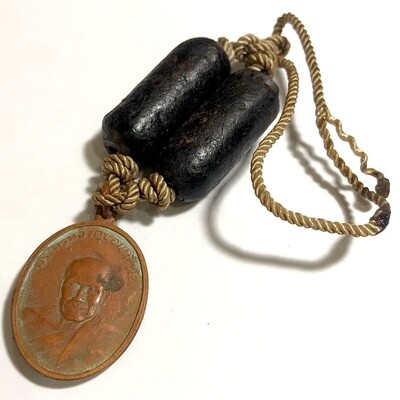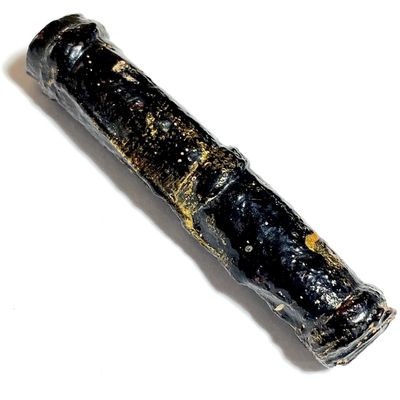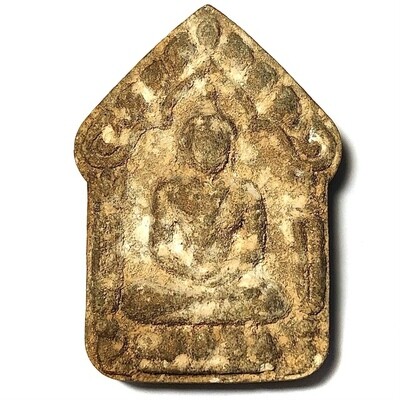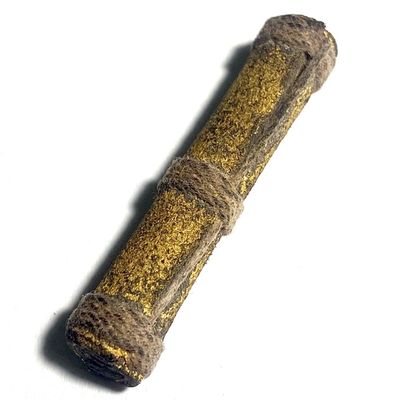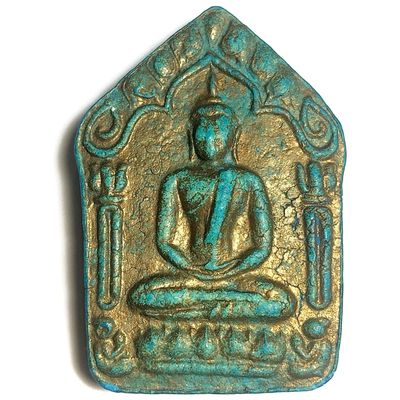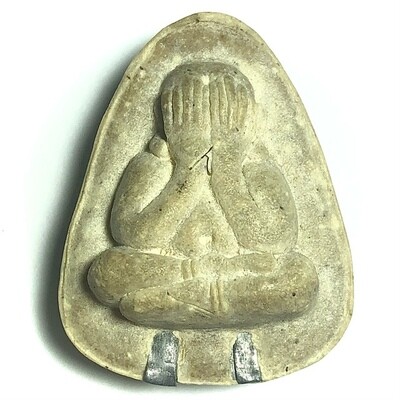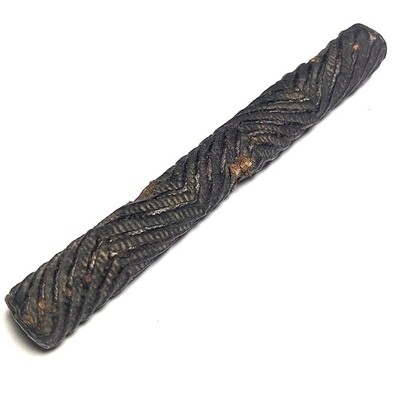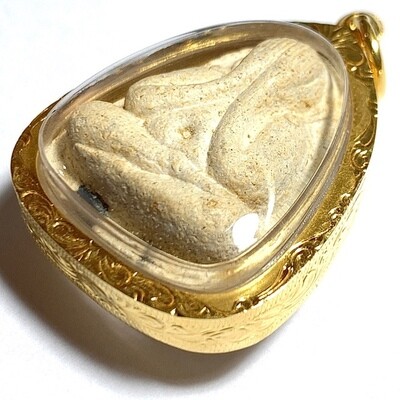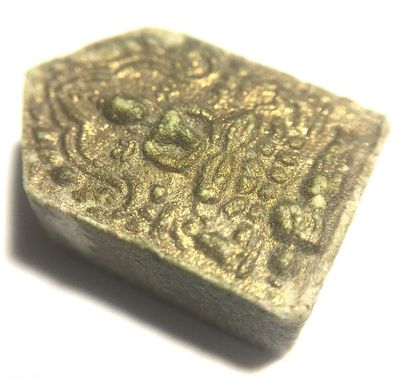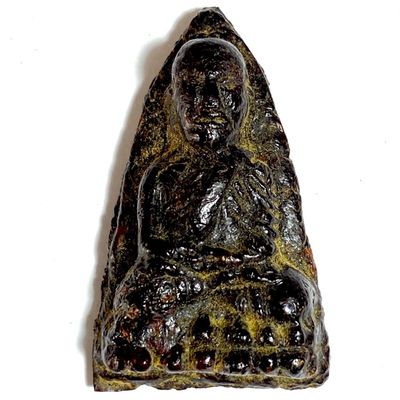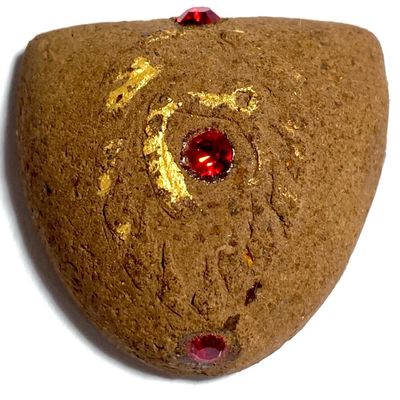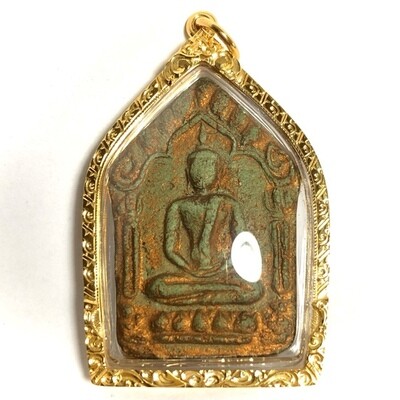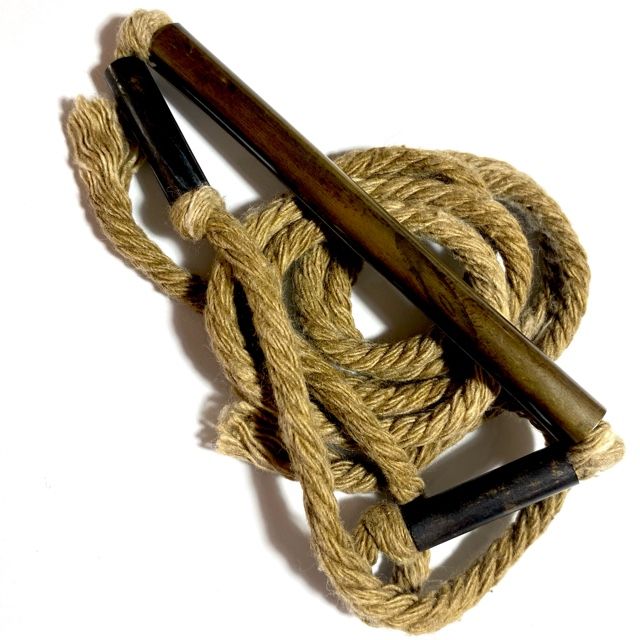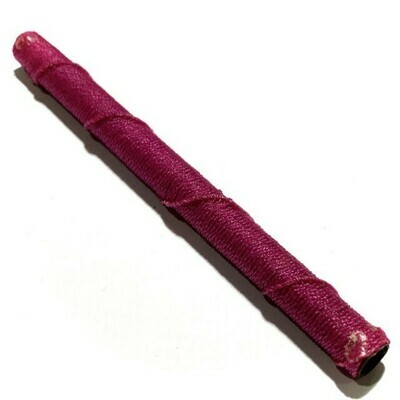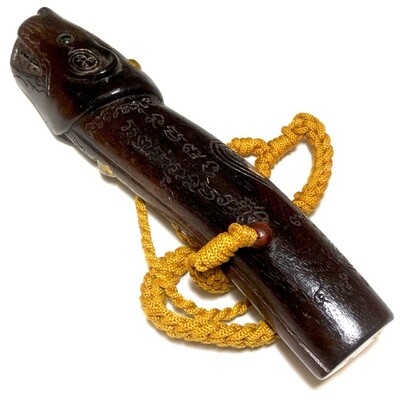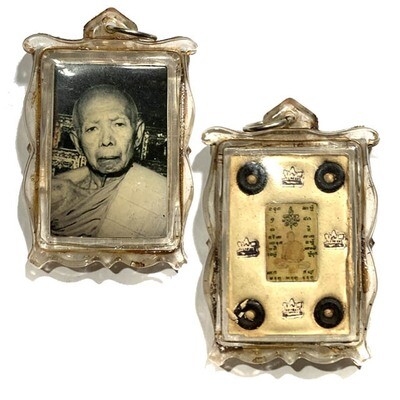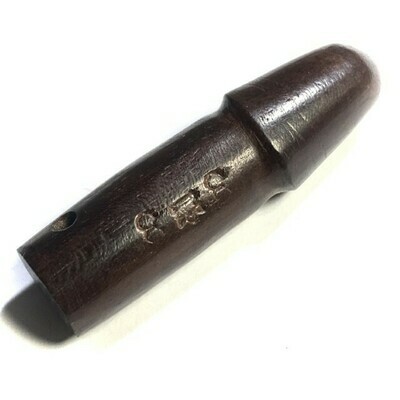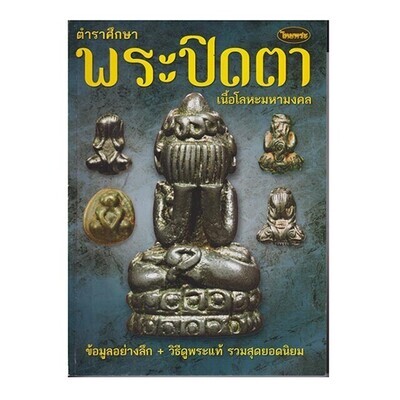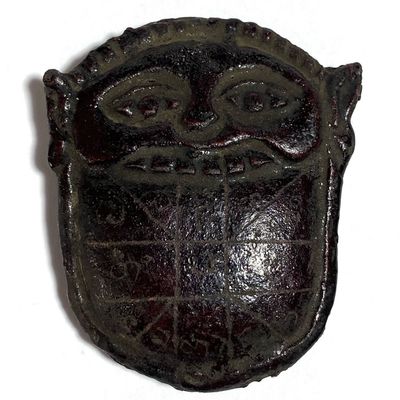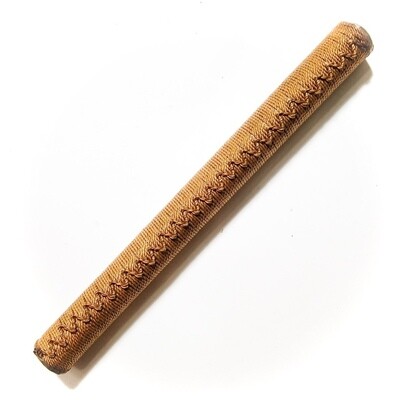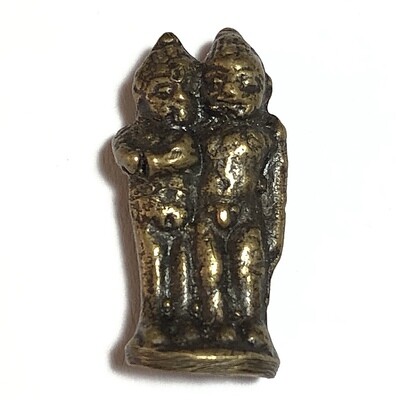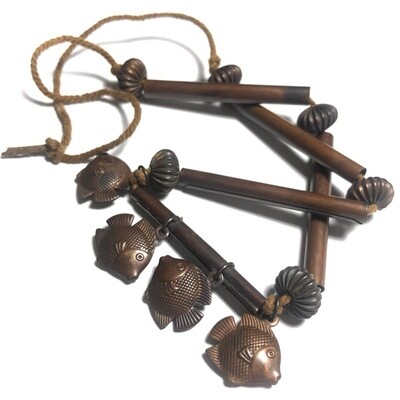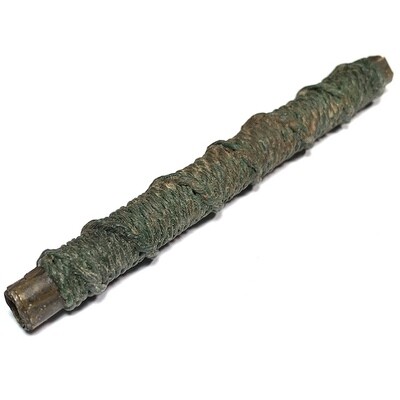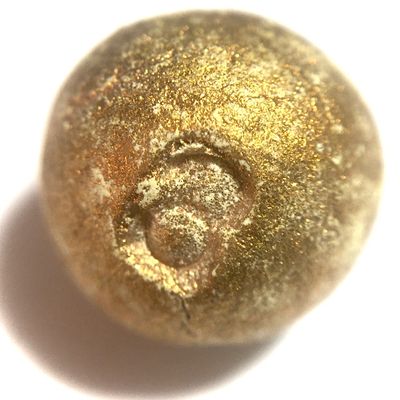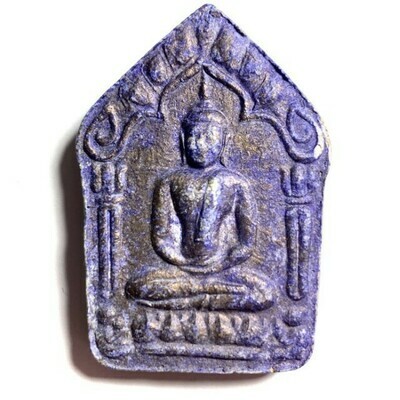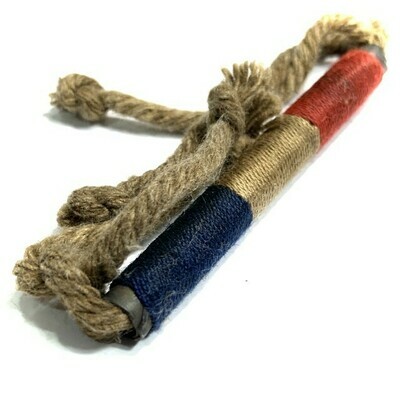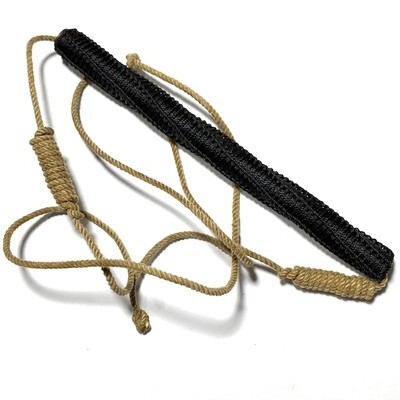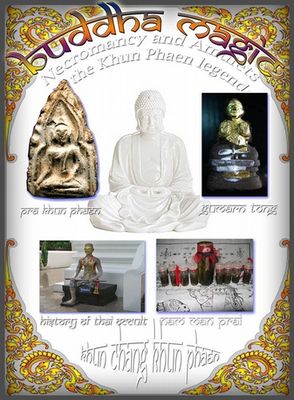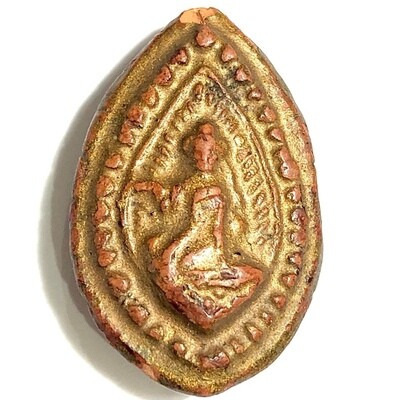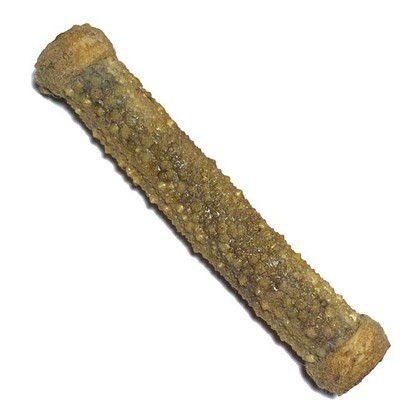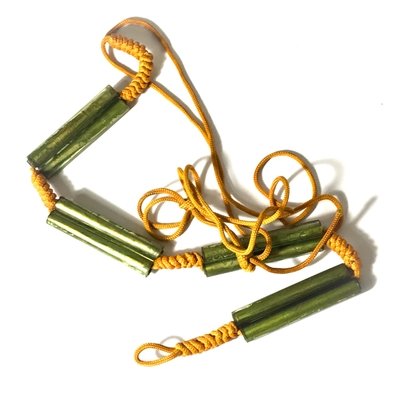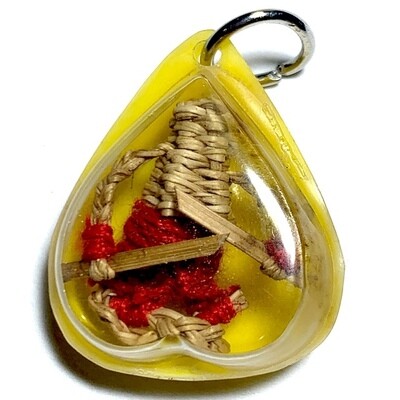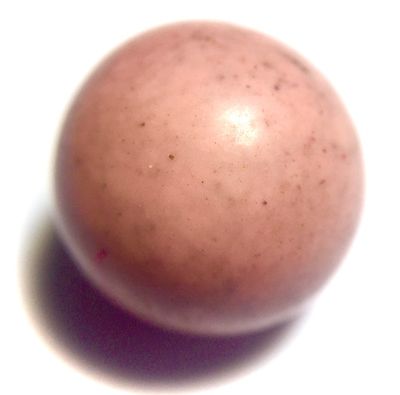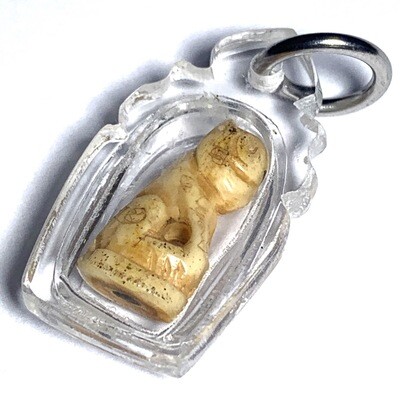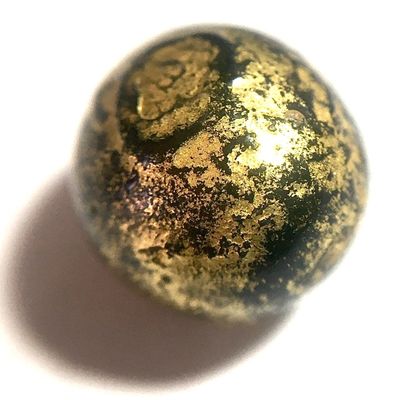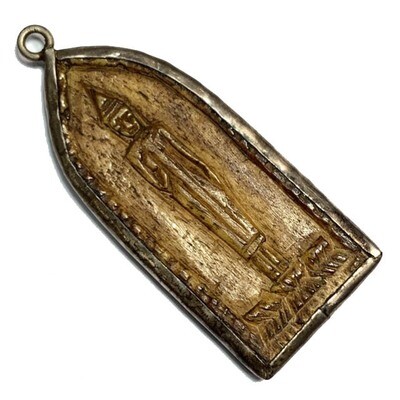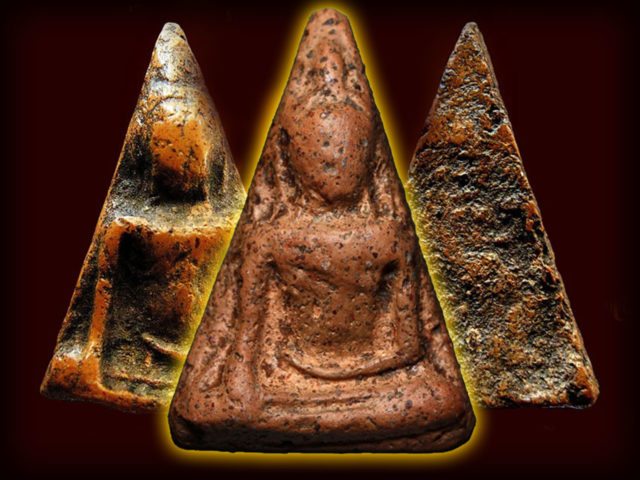
The Legend of Pra Nang Paya Amulet
Pra Nang Paya Benjapakee Amulet
Pra Nang Paya, or ‘Pra Pim Nang Paya, is an amulet from the Ayuttaya Period, which was artistically influenced in its design factors by the Artisans of the Sukhothai Periodic Style. As to the composition of the design of the Pra Nang Paya amulet, it can be said that it contains the work of the Sukhothai Artisan as its heritage, and is a Mark of Preservation of the Eight Periodic Buddhist Art styles found in Thai Sacred Arts and Amulets.
The Pra Nang Paya amulet was first discovered within the Chedi Stupa at Wat Nang Paya in Pitsanuloke, in the year 2444 BE, as King Julalongkorn Rama 5 was visiting Pitsanuloke, to be present for the casting of the Chinarat Replica Buddha at Wat Pra Sri Radtana Sasadaram. The King was invited to come and receive a large number of them as gifts (the best selected), and his Majesty then distributed them to the Government Officials and other Courtiers and Devotees. The remaining amulets, he took back to Bangkok. Apart from the ‘Serm Duang’ Horoscope Improving effects of this Purely Buddhist Amulet, the amulet is Famous for its Metta Mahaniyom, Klaew Klaad, Kong Grapan Chadtri, and Maha Lap powers.
The Pra Nang Paya Benjapakee amulet has 7 different Pim in total.
Pra Nang Paya Pim Khao Koeng.
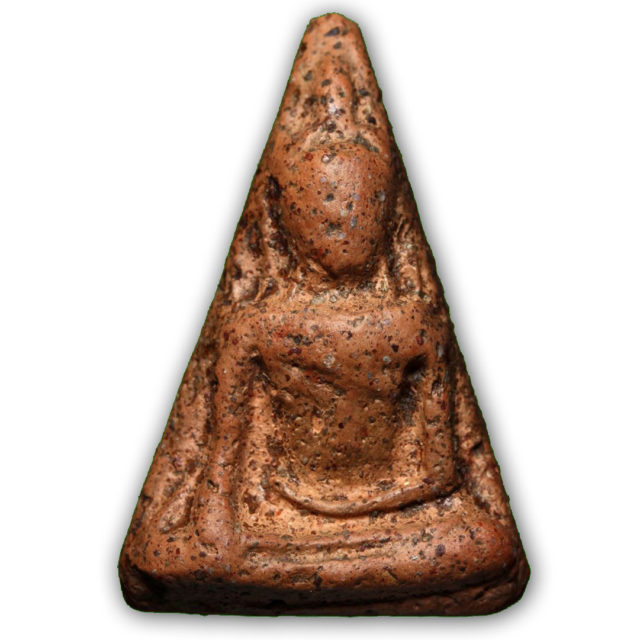
Pra Nang Paya Pitsanuloke Pim Khao Koeng Benjapakee Hiding Place Amulet
Pra Nang Paya Pim Khao Dtrong
(splits into two models; Khao Koeng Tammada, and Khao Koeng Mer Dtok Khaa).
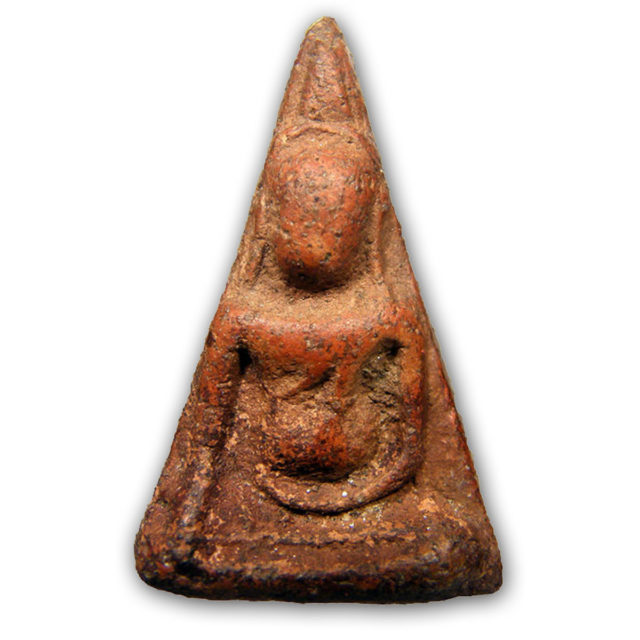
Pra Nang Paya Pitsanuloke Pim Khao Dtrong Benjapakee Amulet
Pra Nang Paya Pim Ok Noon Yai
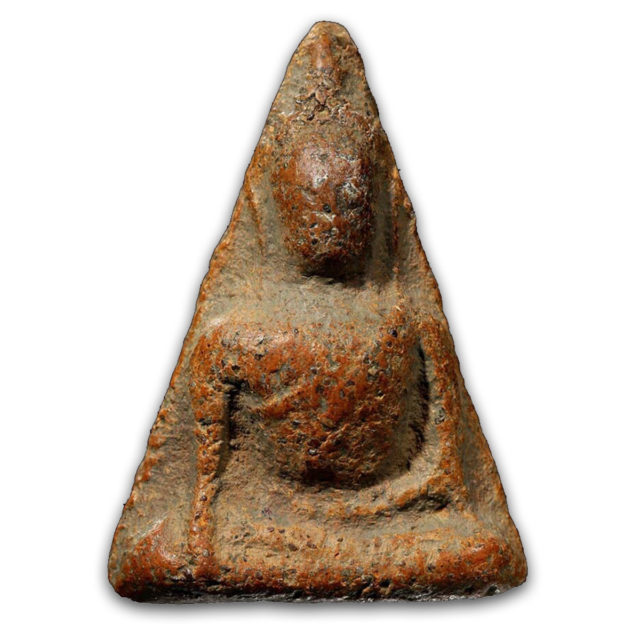
Pra Nang Paya Pim Ok Noon Yai Benjapakee Amulet – a Classic Pra Niyom Master Class Amulet
Pra Nang Paya Pim Ok Noon Lek.
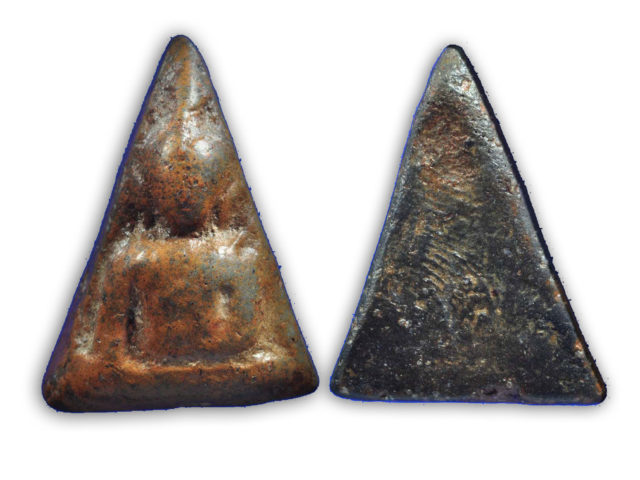
Pra Nang Paya Pitsanuloke Pim Ok Noon Lek Benjapakee Amulet of Historical Fame and Legend
Pra Nang Paya Pim Sangkati.
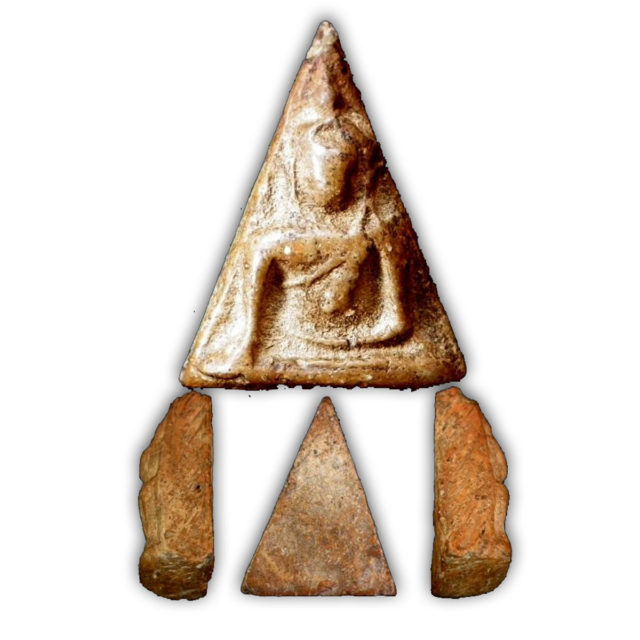
Pra Nang Paya Pitsanuloke Pim Sangkati Benjapakee Amulet – a very rare model to encounter from the seven Pim discovered in the Pitsanuloke Find
Pra Nang Paya Pim Ok Faeb also called ‘Pim Taewada’.
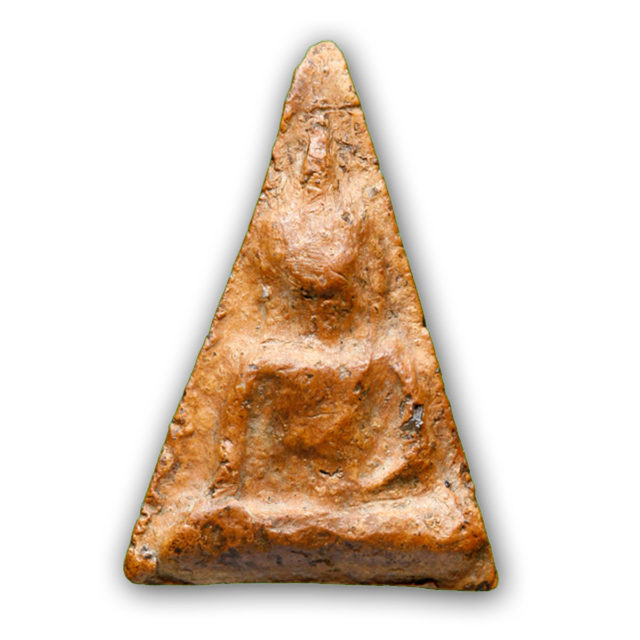
Pra Nang Paya Pim Tewada – a Classic Benjapakee Pra Niyom Master Class Amulet
Pra Nang Paya Pim Pised
(includes various amulets which do not fit in the above categories, such as the Khao Buang, or the Pim Yai Pised).
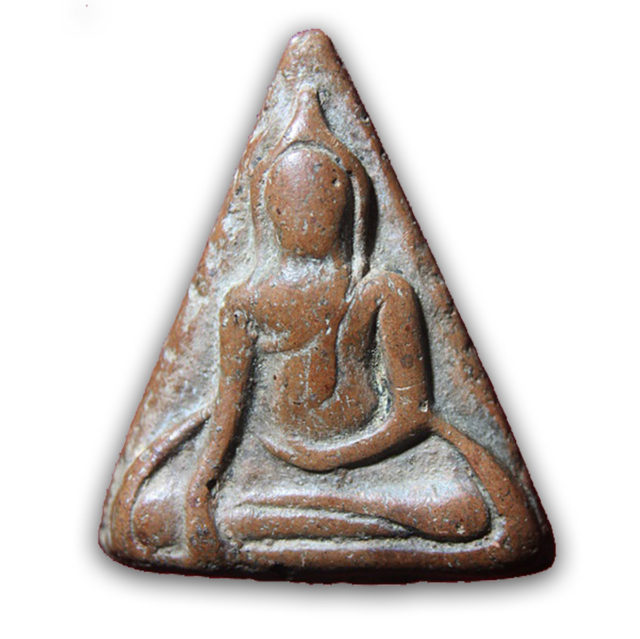
Pra Nang Paya Pim Pised Rare Special Model
Chueak Takrut Kart Aew 3 Magic Scrolls on Spellbound Cord Belt Code 3 Stamp 2 Takrut sariga 1 Takrut Tone LP Tim Wat Laharn Rai
Chueak Takrut Kart Aew - 3 Magically hand inscribed Yantra foil Scrolls, on Spellbound Cord Belt, the larger central takrut having the Code 3 Stamp of the Artisan Chang Patttana Anugul, with a further 2 Takrut Sariga for Metta, from the Great LP Tim, of Wat Laharn Rai. This rare talismanic Amulet from the Great Master LP Tim comes with Certificate of Authenticity in A4 size which we send to you encased in sealed plastic for durability, which you can frame and put on your wall for admiration of your collection.

Extreme Few Individually Combined Talismanic Amulets such as these were made, by Hand, which Limited the Number of Amulets Possible to Make within the Timeframe. They are clearly unique and rare items, primarily due to the diligently hand-crafted process involved in their creation. Given the limited timeframe available for their production, the number of amulets that could be made was inherently restricted.
The powerful combination of various Talismanic occult and Buddhist blessings and magic spells (in this case the Takrut Tone with the twin takrut Sariga Koo), each with their own symbolic meaning and power, makes handmade and blessed Takrut like these particularly special.
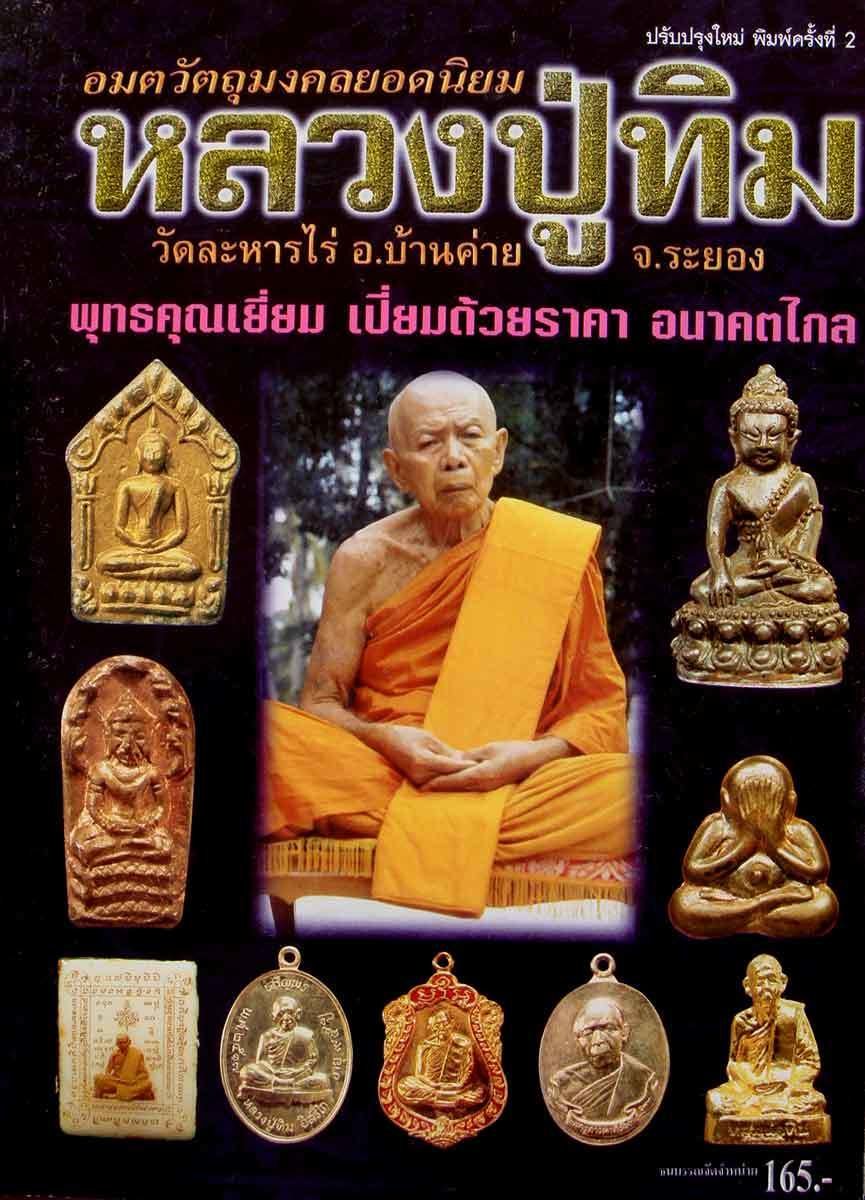
The time-intensive nature of this work, involving the careful integration of the Wicha Takrut Tone and Wicha Sariga, maha Amnaj Maha ud with Metta Maha Niyom and Maha Sanaeh, using psychic powers to fuse them, and inscribe the spells upon the Yantra foils by hand, caused the quantity of amulets madfe to be very low. This scarcity, coupled with the unique craftsmanship, contributes to the significant value and allure of these amulets in the eyes of collectors and enthusiasts.
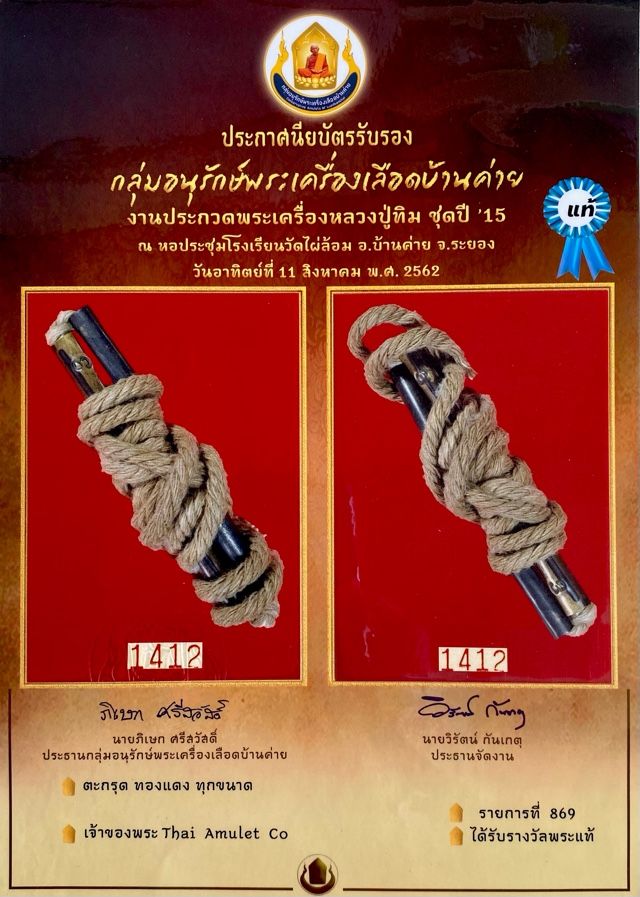
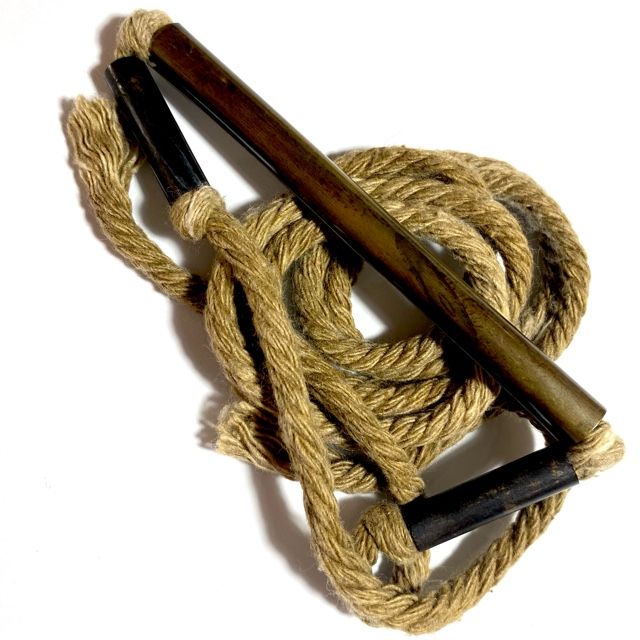
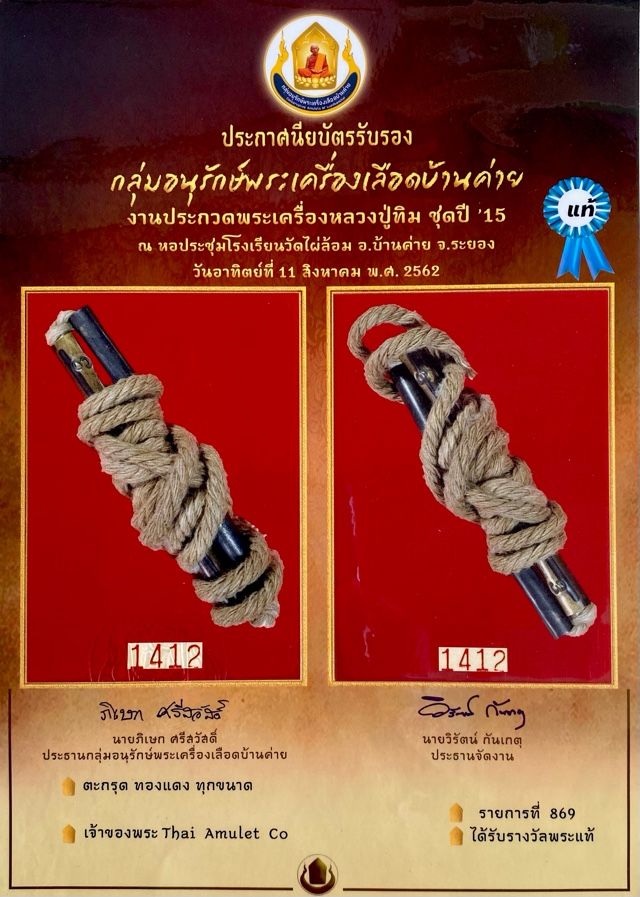
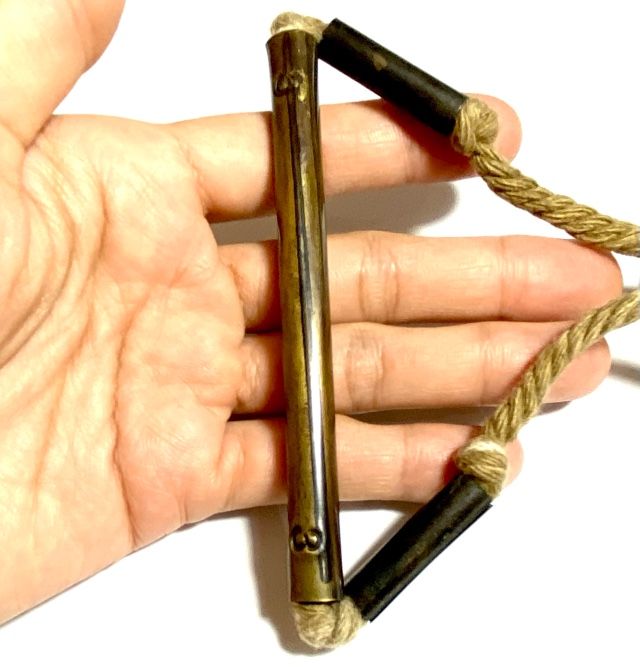
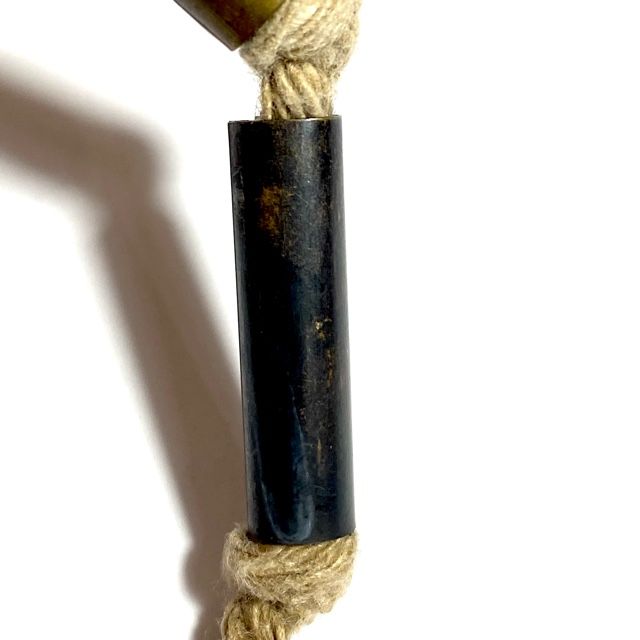
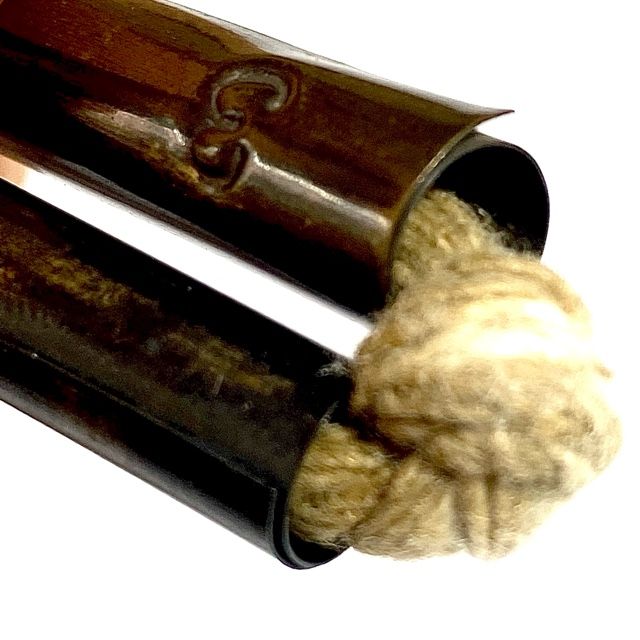

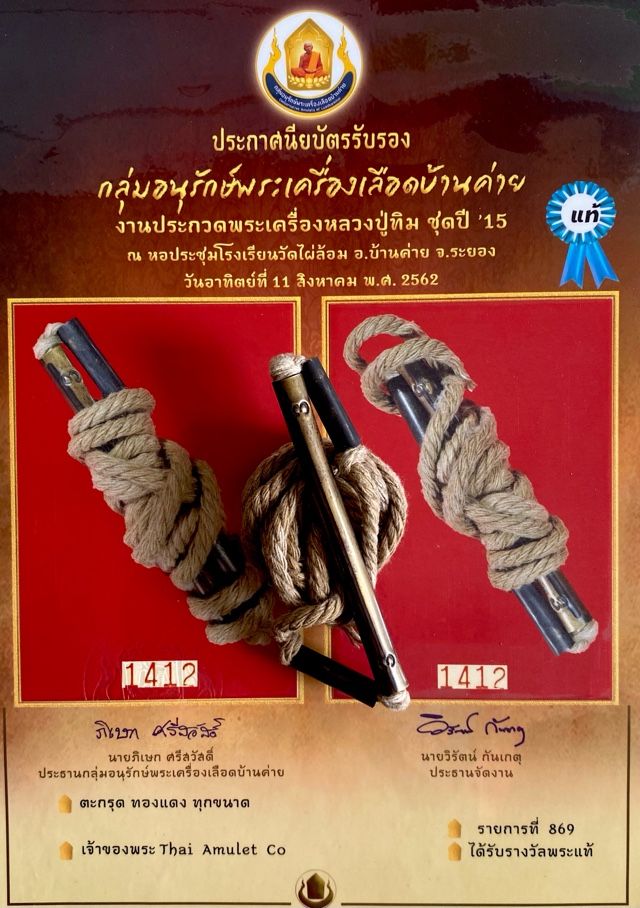
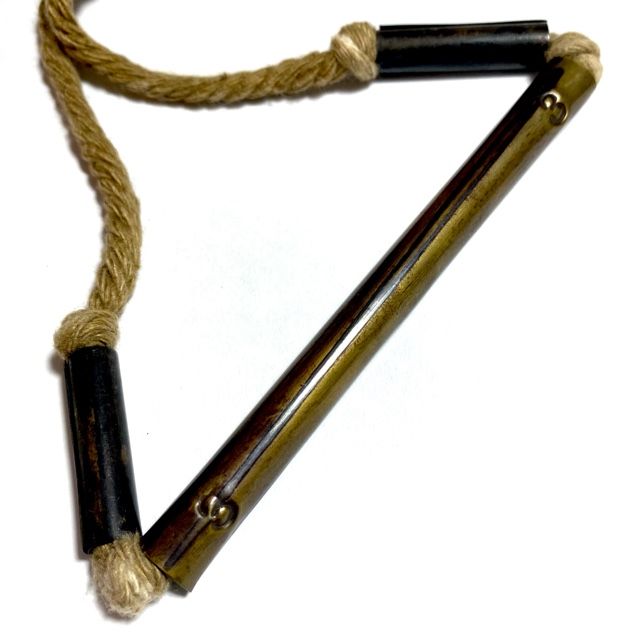
The Takrut Sariga Koo, a creation of the highly revered Luang Phu Tim of Wat Laharn Rai, is an amulet that holds a legendary status within the Thai Buddhist amulet pantheon. This amulet has garnered significant fame due to the belief that those who have faith in Luang Phu and wear the Takrut Sariga are destined to experience success, advancements in wealth, improved professional status, and increased happiness in their lives.
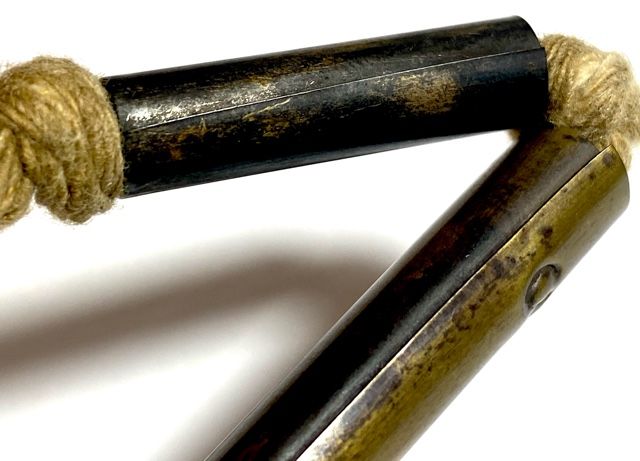
The Takrut Sariga Koo is a miniature size Takrut (a type of amulet that resembles a scroll) made from Nuea Tong Daeng, a sacred copper. The amulet features two celestial magpies, known for their attraction to shiny and valuable objects, which is believed to bring wealth and treasures to the wearer.

The creation of these Takrut is a meticulous process, with Luang Phu Tim carefully choosing the most appropriate astrological alignments for their empowerment, which always had to be on a Monday. He would prepare copper Yantra foils and inscribe them with the Sariga Bird Yantra, a symbol associated with immense Metta Mahaniyom and Maha Sanaeh qualities. These qualities are known to enchant and charm the listeners of the wearer, bringing a hypnotic and charming effect that can influence and convince others, making them see things your way. This makes the Takrut Sariga Koo a popular choice among shopkeepers and traveling salespersons.
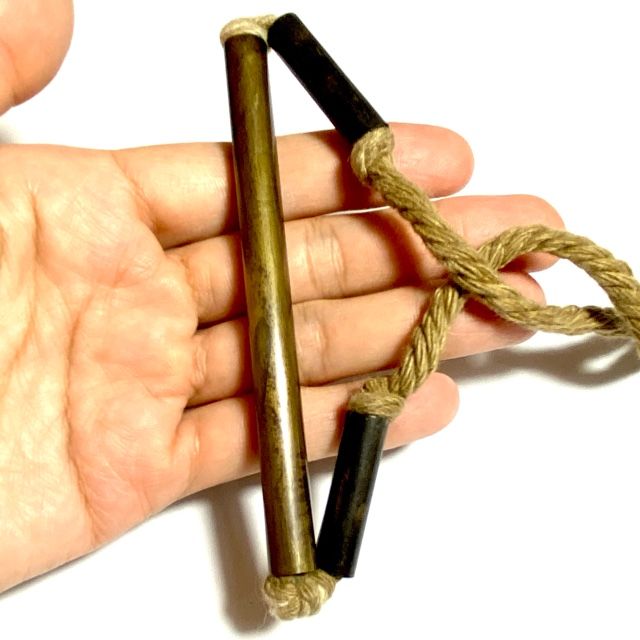
The historical documentation of the Takrut Sariga of Luang Phu Tim records a significant event where he was invited to empower Takrut Sariga along with three other great monks of the Province. It was Luang Phu Tim's Takrut that floated up in the air miraculously, marking the beginning of his rise to national fame and the recognition of his inimitable powers. This event paved the way for Luang Phu Tim to become one of the greatest Masters in the history of Thai Amulets. The legend surrounding the Takrut Sariga of Luang Phu Tim is based on numerous devotees' testimonies, who report significant improvements in their lives after becoming owners of Luang Phu Tim's amulets. The historical records detail an event where the archbishop of Rayong invited four of the province's most esteemed monks to create Takrut Sariga using their unique methods. These Takrut were then placed in a monk's alms-bowl filled with prayer water, and each monk took turns meditating and empowering the Takrut with their psychic abilities, continuing until the Takrut miraculously rose to the surface of the holy water.
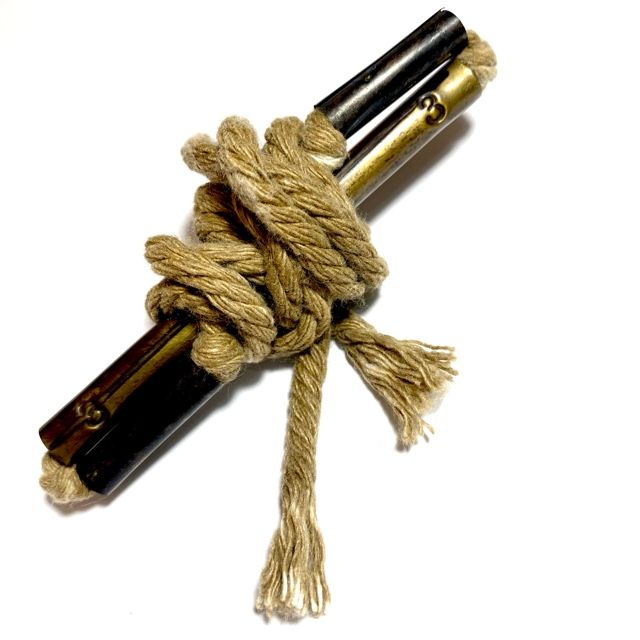
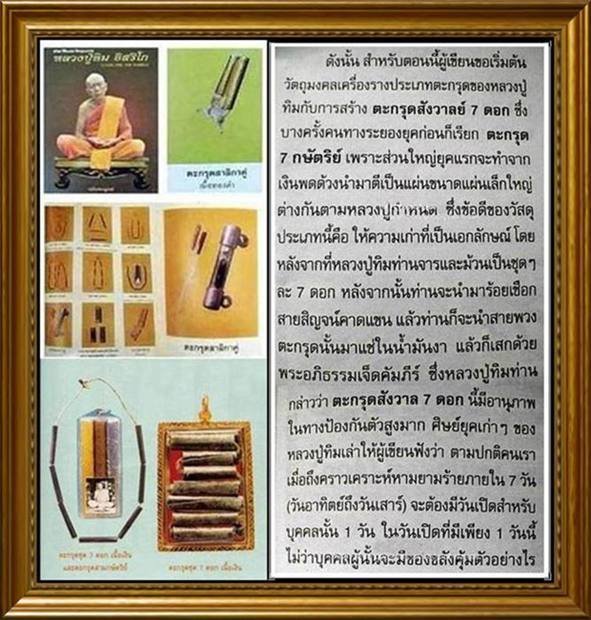
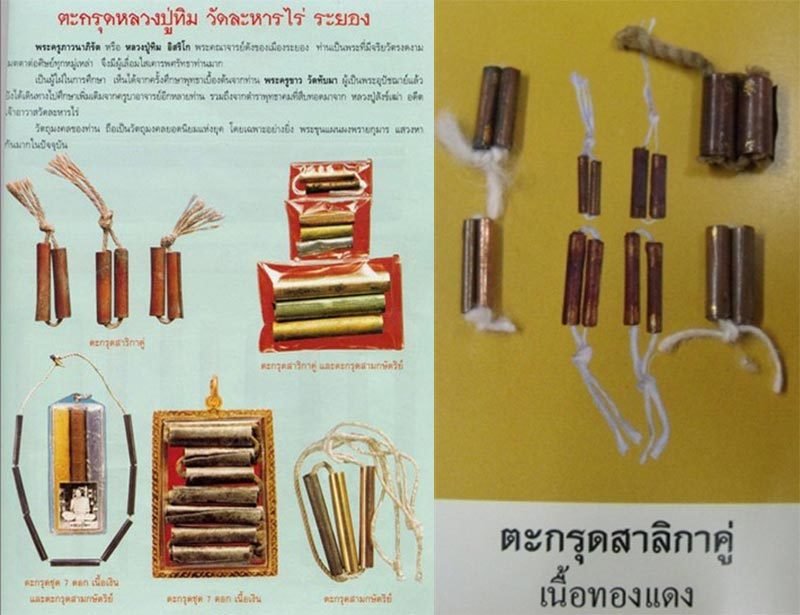
Entering a deep meditative state, Luang Phu Tim would recite the Ongarn Kroo Master Spell, encompassing its entirety of incantations. He continued this practice until he perceived the sounds of Sariga Birds in the astral plane, a dimension associated with the Himapant Forest. This realm is believed to be the habitat of the Sariga Bird and other animal deities, including Rachasri and Hongsa.
Luang Phu Tim initiated the inscription of the Yant Sariga once he discerned the Sariga Birds' sounds in the astral plane. Due to the Wicha's requirements, he could only produce a limited quantity of Takrut daily, typically not exceeding 100 pieces per session. This constraint stemmed from the stipulation that the Takrut must be completed before midday, as the power would otherwise dissipate. Consequently, Luang Phu Tim always ceased his work on the Takrut as midday approached.
